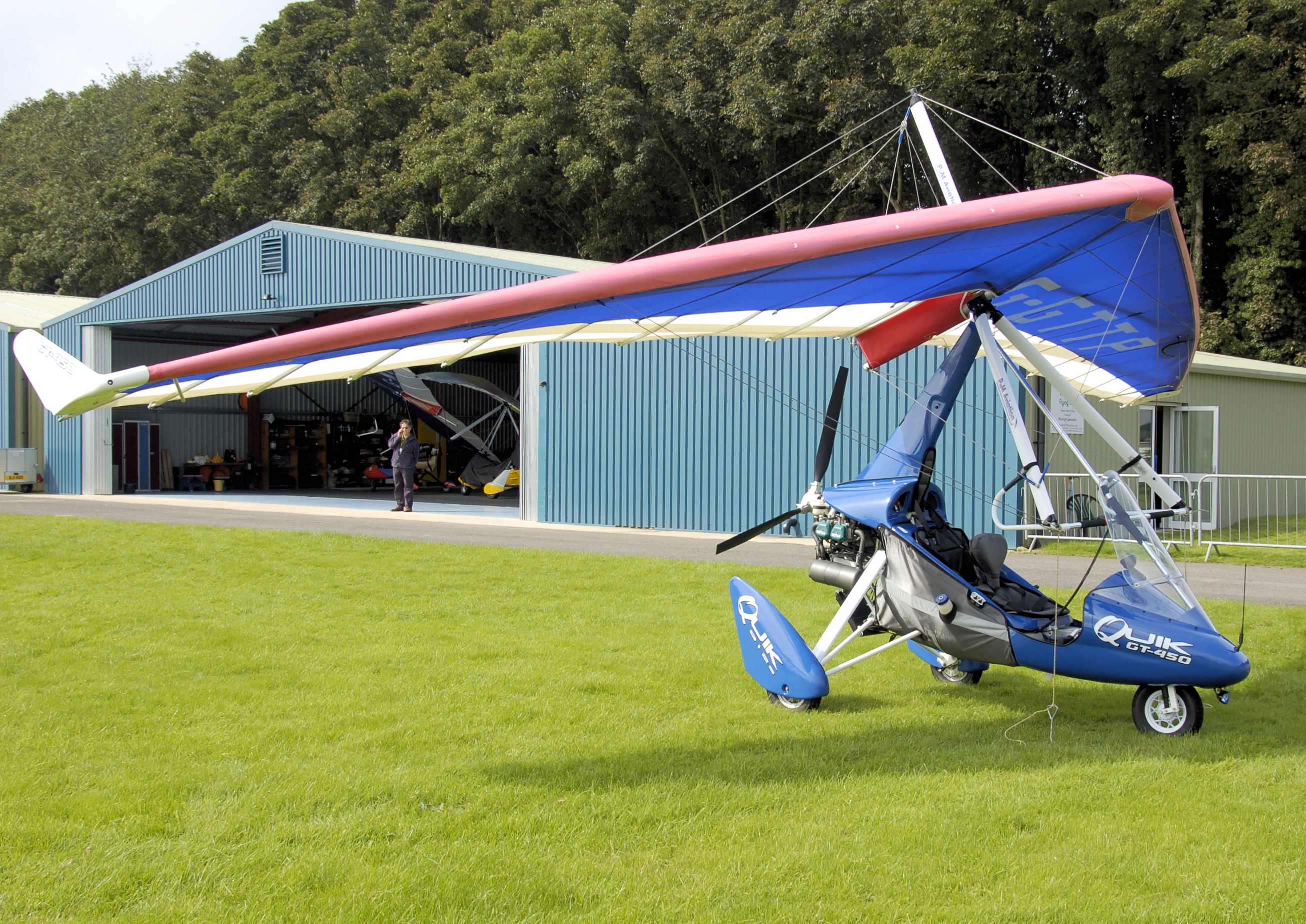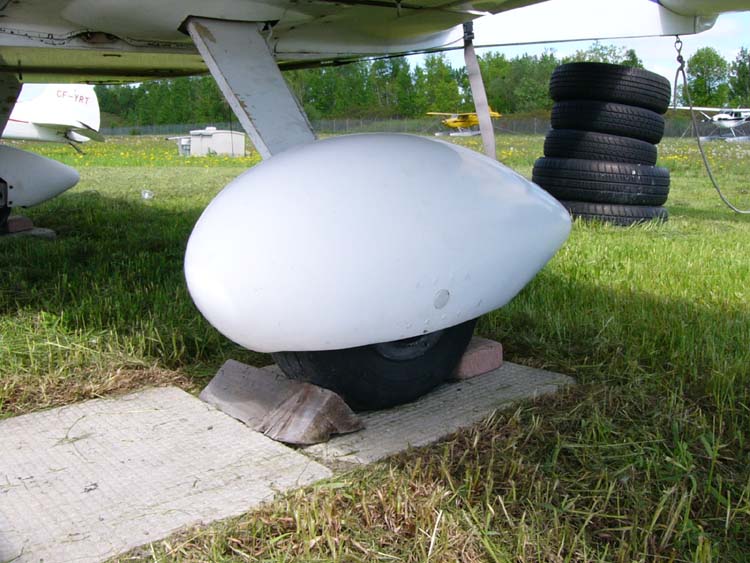Aircraft fairing on:
[Wikipedia]
[Google]
[Amazon]
 An aircraft fairing is a structure whose primary function is to produce a smooth outline and reduce drag.Crane, Dale: ''Dictionary of Aeronautical Terms, Third Edition'', page 206. Aviation Supplies & Academics Inc, Newcastle Washington, 1997.
These structures are covers for gaps and spaces between parts of an
An aircraft fairing is a structure whose primary function is to produce a smooth outline and reduce drag.Crane, Dale: ''Dictionary of Aeronautical Terms, Third Edition'', page 206. Aviation Supplies & Academics Inc, Newcastle Washington, 1997.
These structures are covers for gaps and spaces between parts of an 


 ; Wing tips
: Wing tips are often formed as complex shapes to reduce vortex generation and so also drag, especially at low speed.
; Wheels on fixed gear aircraft
: Wheel fairings are often called "wheel pants", "speed fairings" in North America or "wheel spats" or "trousers", in the United Kingdom, the latter enclosing both the wheel and landing gear leg. These fairings are a trade-off in advantages, as they increase the frontal and surface area, but also provide a smooth surface, a faired nose and tail for laminar flow, in an attempt to reduce the turbulence created by the round wheel and its associated gear legs and brakes. They also have the important function of preventing mud and stones from being thrown upwards against the wings or fuselage, or into the propeller on a pusher craft.Bingelis, Tony: ''Sportplane Construction Techniques'', pages 125-130. Experimental Aircraft Association Aviation Foundation, 1986. Crane, Dale: ''Dictionary of Aeronautical Terms, third edition'', page 377. Aviation Supplies & Academics, 1997.
; Wing tips
: Wing tips are often formed as complex shapes to reduce vortex generation and so also drag, especially at low speed.
; Wheels on fixed gear aircraft
: Wheel fairings are often called "wheel pants", "speed fairings" in North America or "wheel spats" or "trousers", in the United Kingdom, the latter enclosing both the wheel and landing gear leg. These fairings are a trade-off in advantages, as they increase the frontal and surface area, but also provide a smooth surface, a faired nose and tail for laminar flow, in an attempt to reduce the turbulence created by the round wheel and its associated gear legs and brakes. They also have the important function of preventing mud and stones from being thrown upwards against the wings or fuselage, or into the propeller on a pusher craft.Bingelis, Tony: ''Sportplane Construction Techniques'', pages 125-130. Experimental Aircraft Association Aviation Foundation, 1986. Crane, Dale: ''Dictionary of Aeronautical Terms, third edition'', page 377. Aviation Supplies & Academics, 1997.
 An aircraft fairing is a structure whose primary function is to produce a smooth outline and reduce drag.Crane, Dale: ''Dictionary of Aeronautical Terms, Third Edition'', page 206. Aviation Supplies & Academics Inc, Newcastle Washington, 1997.
These structures are covers for gaps and spaces between parts of an
An aircraft fairing is a structure whose primary function is to produce a smooth outline and reduce drag.Crane, Dale: ''Dictionary of Aeronautical Terms, Third Edition'', page 206. Aviation Supplies & Academics Inc, Newcastle Washington, 1997.
These structures are covers for gaps and spaces between parts of an aircraft
An aircraft is a vehicle that is able to flight, fly by gaining support from the Atmosphere of Earth, air. It counters the force of gravity by using either Buoyancy, static lift or by using the Lift (force), dynamic lift of an airfoil, or in ...
to reduce form drag and interference drag, and to improve appearance.Bingelis, Tony: ''The Sportplane Builder'', pages 261-265. Experimental Aircraft Association Aviation Foundation, 1979.



Types
On aircraft, fairings are commonly found on: ; Belly fairing : Also called a "ventral fairing", it is located on the underside of thefuselage
The fuselage (; from the French ''fuselé'' "spindle-shaped") is an aircraft's main body section. It holds crew, passengers, or cargo. In single-engine aircraft, it will usually contain an engine as well, although in some amphibious aircraft t ...
between the main wing
A wing is a type of fin that produces lift while moving through air or some other fluid. Accordingly, wings have streamlined cross-sections that are subject to aerodynamic forces and act as airfoils. A wing's aerodynamic efficiency is e ...
s. It can also cover additional cargo storage or fuel tanks.
; Cockpit fairing
: Also called a "cockpit pod", it protects the crew on ultralight trikes. Commonly made from fiberglass
Fiberglass ( American English) or fibreglass (Commonwealth English) is a common type of fiber-reinforced plastic using glass fiber. The fibers may be randomly arranged, flattened into a sheet called a chopped strand mat, or woven into glass cl ...
, it may also incorporate a windshield.Cliche, Andre: ''Ultralight Aircraft Shopper's Guide'' 8th Edition, page C-17. Cybair Limited Publishing, 2001.
; Elevator and horizontal stabilizer tips
: Elevator and stabilizer tips fairings smooth out airflow at the tips.
; Fin and rudder
A rudder is a primary control surface used to steer a ship, boat, submarine, hovercraft, aircraft, or other vehicle that moves through a fluid medium (generally air or water). On an aircraft the rudder is used primarily to counter adve ...
tip fairings: Fin and rudder tip fairings reduce drag at low angles of attack, but also reduce the stall angle, so the fairing of control surface tips depends on the application.Molland, Anthony F. and Turnock, Stephen R.:"Marine Rudders and Control Surfaces: Principles, Data, Design and Applications" 1st Edition, section 5.3.2.11. Butterworth-Heineman, 2007.
; Fillets: Fillets smooth the airflow at the junction between two components like the fuselage and wing.
; Fixed landing gear
Landing gear is the undercarriage of an aircraft or spacecraft that is used for takeoff or landing. For aircraft it is generally needed for both. It was also formerly called ''alighting gear'' by some manufacturers, such as the Glenn L. Mart ...
junctions
: Landing gear fairings reduce drag at these junctions.
; Flap track fairings
: Fairings are needed to enclose the flap operating mechanism when the flap is up. They open up as the flap comes down and may also pivot to allow the necessary sideways movement of the extending mechanism which occurs on swept-wing installations.
; Spinner Technology
*Spinner (aeronautics), the aerodynamic cone at the hub of an aircraft propeller
* Spinner (cell culture), laboratory equipment for cultivating plant or mammalian cells
* Spinner (computing), a graphical widget in a GUI
* Spinner (MIT Med ...
: To protect and streamline the propeller hub.Bingelis, Tony: ''Bingelis on Engines'', pages 196-210. Experimental Aircraft Association Aviation Foundation, 1995. Bingelis, Tony: ''Firewall Forward'', pages 269-273. Experimental Aircraft Association Aviation Foundation, 1992.
; Strut-to-wing and strut-to-fuselage junctions
: Strut end fairings reduce drag at these junctions.
; Tail cones
: Tail cones streamline the rear extremity of a fuselage by eliminating any base area which is the source of base drag.
; Wing root
: Wing roots are often faired to reduce interference drag between the wing and the fuselage. On top and below the wing it consists of small rounded edge to reduce the surface and such friction drag. At the leading and trailing edge it consists of much larger taper and smooths out the pressure differences: High pressure at the leading and trailing edge, low pressure on top of the wing and around the fuselage.
 ; Wing tips
: Wing tips are often formed as complex shapes to reduce vortex generation and so also drag, especially at low speed.
; Wheels on fixed gear aircraft
: Wheel fairings are often called "wheel pants", "speed fairings" in North America or "wheel spats" or "trousers", in the United Kingdom, the latter enclosing both the wheel and landing gear leg. These fairings are a trade-off in advantages, as they increase the frontal and surface area, but also provide a smooth surface, a faired nose and tail for laminar flow, in an attempt to reduce the turbulence created by the round wheel and its associated gear legs and brakes. They also have the important function of preventing mud and stones from being thrown upwards against the wings or fuselage, or into the propeller on a pusher craft.Bingelis, Tony: ''Sportplane Construction Techniques'', pages 125-130. Experimental Aircraft Association Aviation Foundation, 1986. Crane, Dale: ''Dictionary of Aeronautical Terms, third edition'', page 377. Aviation Supplies & Academics, 1997.
; Wing tips
: Wing tips are often formed as complex shapes to reduce vortex generation and so also drag, especially at low speed.
; Wheels on fixed gear aircraft
: Wheel fairings are often called "wheel pants", "speed fairings" in North America or "wheel spats" or "trousers", in the United Kingdom, the latter enclosing both the wheel and landing gear leg. These fairings are a trade-off in advantages, as they increase the frontal and surface area, but also provide a smooth surface, a faired nose and tail for laminar flow, in an attempt to reduce the turbulence created by the round wheel and its associated gear legs and brakes. They also have the important function of preventing mud and stones from being thrown upwards against the wings or fuselage, or into the propeller on a pusher craft.Bingelis, Tony: ''Sportplane Construction Techniques'', pages 125-130. Experimental Aircraft Association Aviation Foundation, 1986. Crane, Dale: ''Dictionary of Aeronautical Terms, third edition'', page 377. Aviation Supplies & Academics, 1997.
See also
* Bicycle fairing * Motorcycle fairing * Payload fairingReferences
{{Aircraft components Aircraft components